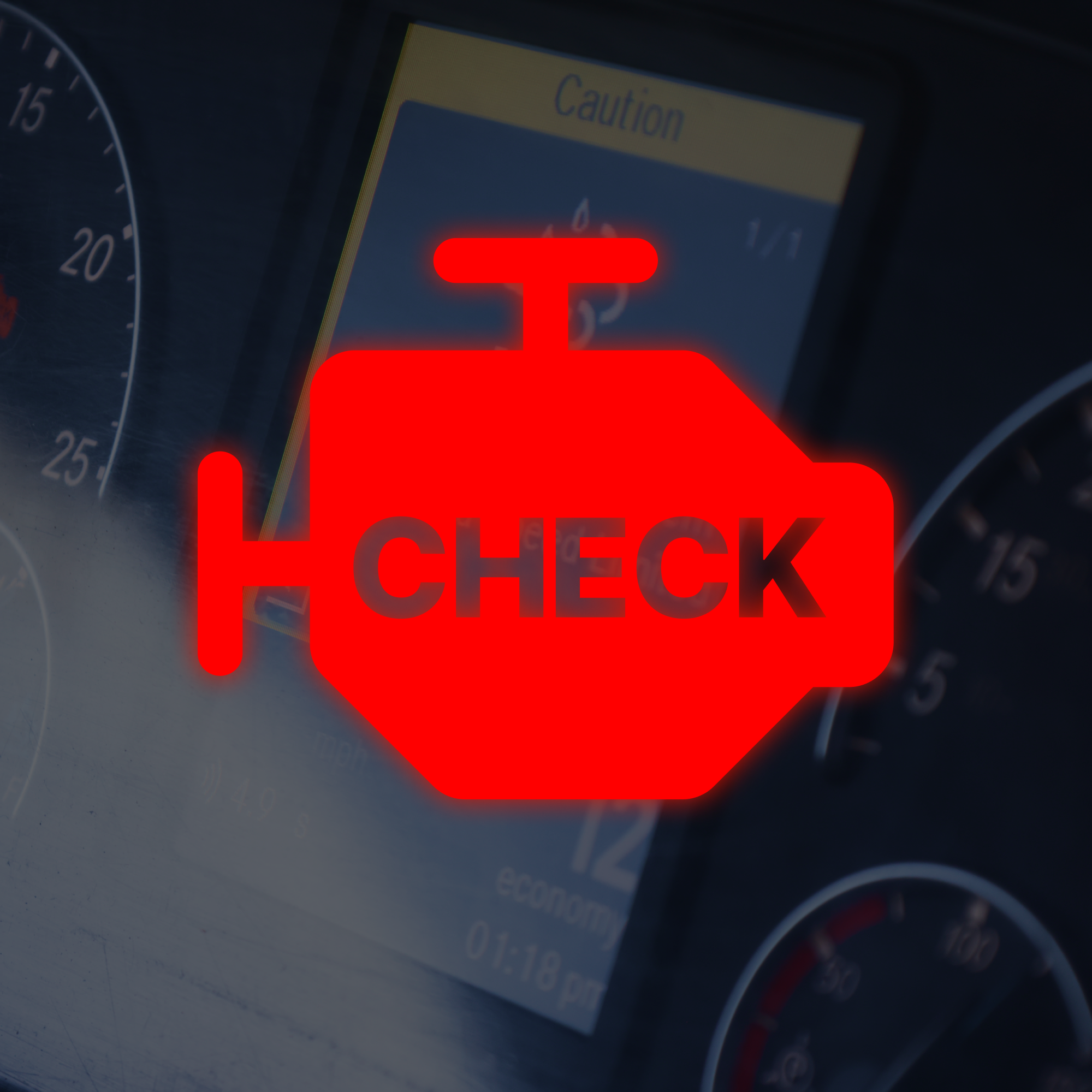Diesel Particulate Filters (DPFs) are essential for reducing emissions in modern diesel engines. However, they often present challenges for truckers, fleet owners, and maintenance teams, leading to expensive repairs and replacements. Utilizing advanced diagnostic tools can help identify and address issues early, potentially extending the lifespan of DPFs and reducing maintenance costs.
The financial impact of DPF replacements:
DPFs play a vital role in capturing soot and other particulates from engine emissions. Over time, these filters can become clogged, necessitating cleaning or replacement. Neglecting proper maintenance can result in engine inefficiency, reduced performance, and costly replacements, which can amount to thousands of dollars per unit.
3 contributing factors to premature DPF failure include:
-
Infrequent regeneration: DPFs require regular regeneration to clear accumulated soot. Without adequate regeneration cycles, soot buildup can lead to clogging.
-
Malfunctioning sensors: Faulty sensors can provide inaccurate readings, leading to unnecessary maintenance actions or missed indications of actual problems.
-
Neglected maintenance: Failure to conduct regular diagnostics and address emerging issues can accelerate DPF wear and tear.
Utilizing diagnostic data for proactive maintenance
Implementing diagnostic tools like OTR Diagnostics enables real-time monitoring of engine performance, including DPF status. This proactive approach allows for early detection of potential issues, such as soot and ash levels, facilitating timely interventions.
The top 4 strategies to boost performance and protect your Diesel Particulate Filter:
1. Monitoring regeneration processes:
Regular monitoring of DPF regeneration cycles is crucial. Diagnostic tools can track the success rate and frequency of these cycles, ensuring they occur as needed. For instance, the OTR Diagnostics Tool allows users to initiate forced DPF regenerations, aiding in maintaining filter cleanliness. However, it's important to use such features judiciously, as unnecessary forced regenerations may not be beneficial.
2. Assessing soot levels and filter efficiency:
Advanced diagnostic systems provide insights into soot accumulation within the DPF. By analyzing this data, maintenance can be scheduled proactively, preventing excessive buildup that could lead to clogging. Monitoring filter efficiency metrics and live data helps in identifying when cleaning or if replacement is necessary.
3. Identifying sensor performance issues:
Diagnostic tools like OTR Diagnostics can detect anomalies in sensor readings, which are often precursors to more significant issues. Early identification of sensor malfunctions allows for timely replacements, ensuring accurate monitoring and preventing erroneous maintenance actions.
4. Ensuring optimal engine operation:
Comprehensive engine diagnostics encompass various parameters such as fuel efficiency, exhaust temperatures, and turbocharger performance. Identifying and resolving inefficiencies in these areas can reduce the strain on the DPF, promoting its longevity.
4 essential features every diagnostic tool must have for effective heavy-duty vehicle solutions:
-
Real-time data access: Monitor live engine and DPF data, facilitating immediate identification of issues.
-
Detailed fault code analysis: Obtain comprehensive explanations of fault codes, aiding in accurate diagnostics and targeted interventions in real time.
-
Bi-Directional control: Perform functions such as initiating forced DPF regenerations, providing greater control over proactive maintenance processes.
-
Historical data tracking: Review past fault codes and commands to identify recurring issues and inform long-term maintenance strategies.
Integrating diagnostic tools like OTR Diagnostics into maintenance routines empowers fleet managers and owner-operators to proactively address potential DPF issues. By monitoring regeneration processes, soot levels, sensor functionality, and overall engine performance, you can limit downtime and save on costly repairs.
OTR Performance's diagnostic solutions offer valuable features to support these efforts, contributing to more efficient operations and reduced maintenance expenses.




Cummins Fault Code 3251: Diesel Oxidation Catalyst
Understanding critical data points in heavy-duty truck diagnostics: What every driver and shop needs to know.